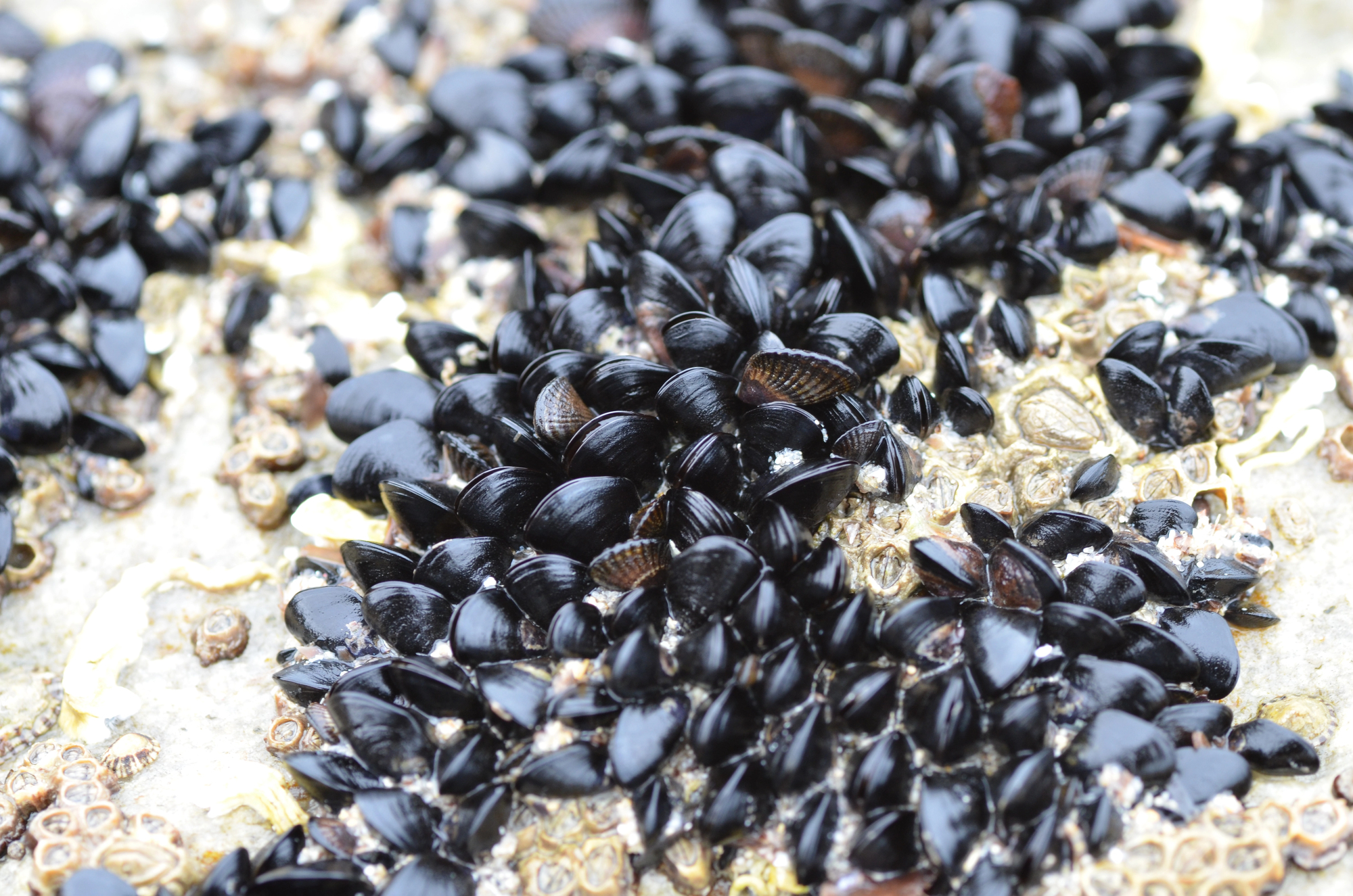Shellfish indulgence: Wadden Sea boasts record number of mussels

The total area of the Wadden Sea covered by mussel banks has grown to unprecedented levels in the last year, marine scientists have said.
An estimated 7,000 hectares of the tiny shellfish have been detected this year by satellite imagery and other techniques, almost twice as many as the previous record year.
“It’s remarkable,” Karin Troost of Wageningen Marine Research told Omrop Fryslân. “Nobody in the Netherlands has seen this in their lives.”
Scientists detected a surge in larvae last autumn, but young mussels usually die in large quantities during the winter and in autumn storms.
The experts said the population boom could be linked to relatively low numbers of predators such as crabs, shrimp and young fish, but the exact reasons are unclear.
“It’s always very difficult to know exactly where it comes from,” Troost said. “It’s very hard to investigate what happens to mussel larvae before they form a bank.
“It’s also possible that only 2,000 hectares of new mussel larvae are in stable places and we see the rest of them disappear in the rest of the year.”
The mussel bonanza is also good news for seabirds such as the Eurasian oystercatcher, whose diet has been affected by the dwindling numbers of cockle banks. “It’s a huge boost for oystercatchers,” said Troost.
Thank you for donating to DutchNews.nl.
We could not provide the Dutch News service, and keep it free of charge, without the generous support of our readers. Your donations allow us to report on issues you tell us matter, and provide you with a summary of the most important Dutch news each day.
Make a donation